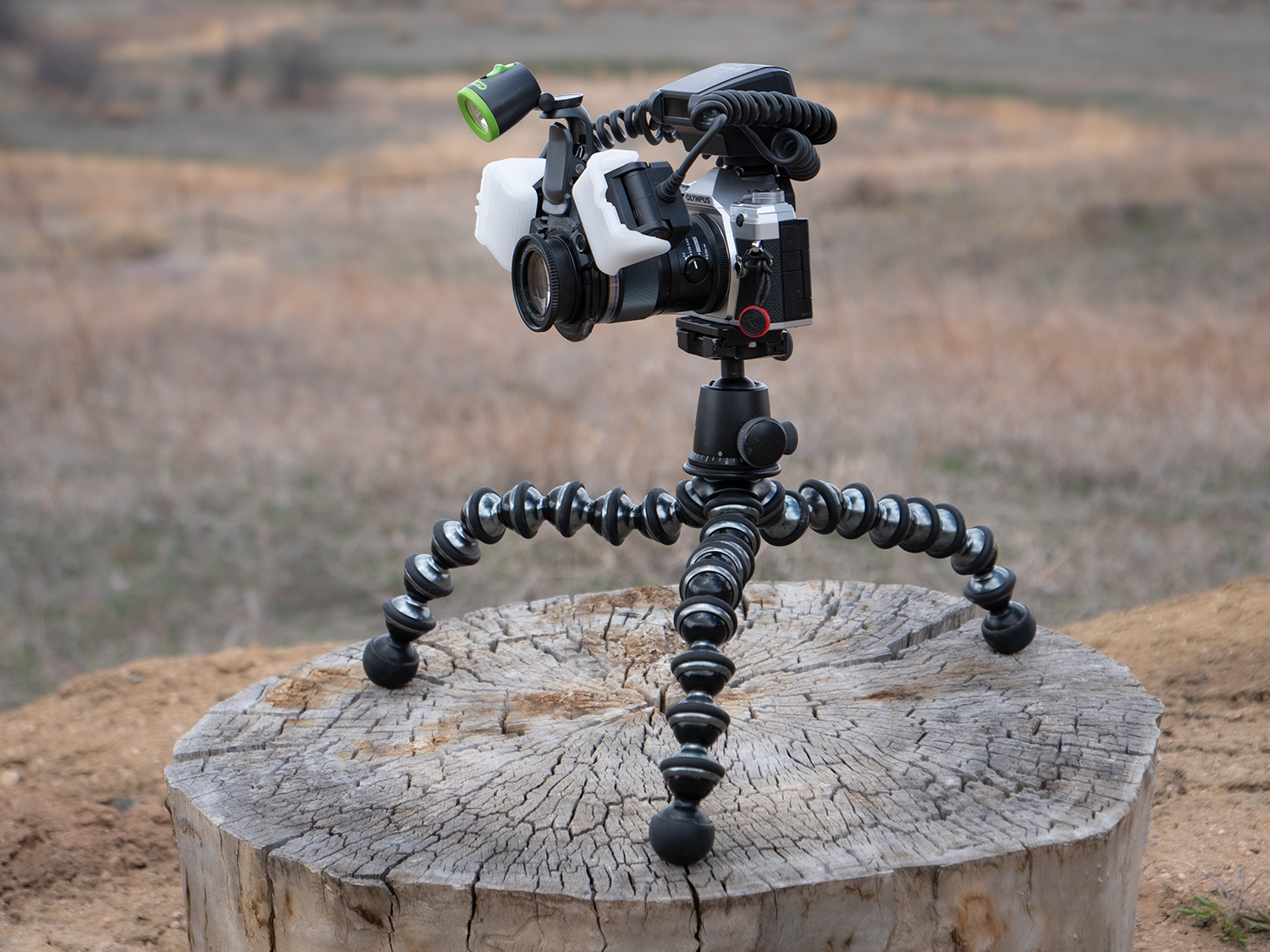

The problem, of course, is that you now have multiple images, all with different focus planes. Look again at the lead image, and specifically notice how the focus plane shifts along the length of the gun body.īasically, compose and capture an image with the focus at one point, then focus a little further into your image, repeat as often as needed to have the range you want all in focus. So, what if you want a deeper depth of field in your shots? Well, there’s a neat technique called “ Focus Stacking” where you will take multiple images, with the only thing that varies between them is the focal point. You can alleviate it a bit by closing down the aperture a bit, but at some point you’ll hit diffraction limits (and reduced sharpness). The problem, if you haven’t done macro photography before, is that the depth of field will become razor-thin. Well, I couldn’t help but snap a couple of macro shots of my trusty Warhammer 40k Space Marine to play with this newfangled lens. This article is about focus stacking, for exposure blending, see here:Īutomatic Exposure Blending with Enfuse (HDR-ish) Water-resistant (to match the camera), and a neat macro function!
Deciding to stay with the µ 4⁄ 3 rds (or ♔3 rds, or micro four-thirds - I just wanted to play with some HTML entity codes), I found a really tasty new Olympus OM-D E-M5 waiting for me for Christmas! In deciding which kit lens to go ahead and get with it, the Olympus M.ZUIKO DIGITAL ED 12-50mm F3.5-6.3 EZ was a no brainer.

#Best macro photography focus stacker update
I recently got a new camera to update my aging (gracefully!) Olympus E-P1. 8 min read Focus Stacking Macro Photos (Enfuse)


 0 kommentar(er)
0 kommentar(er)
